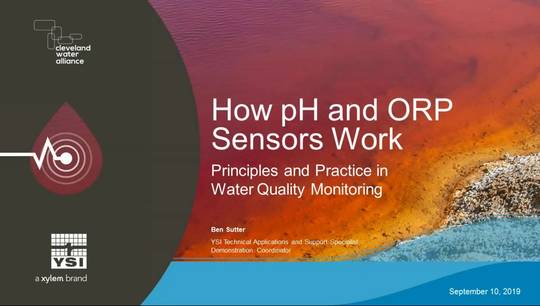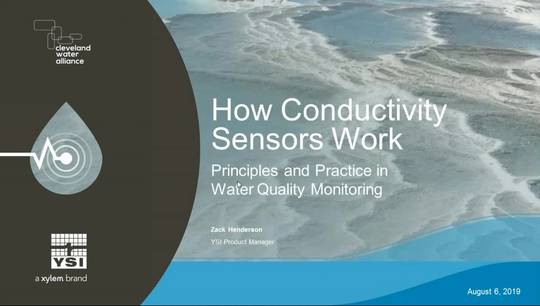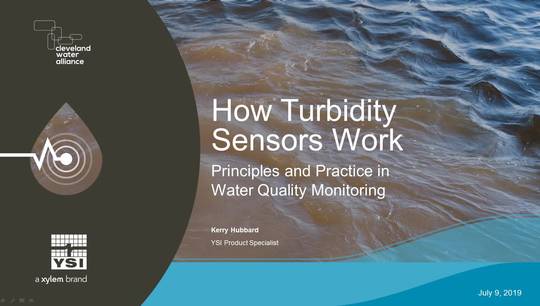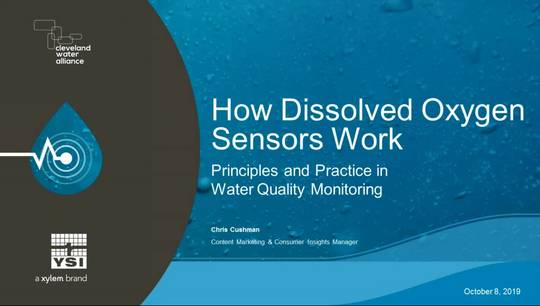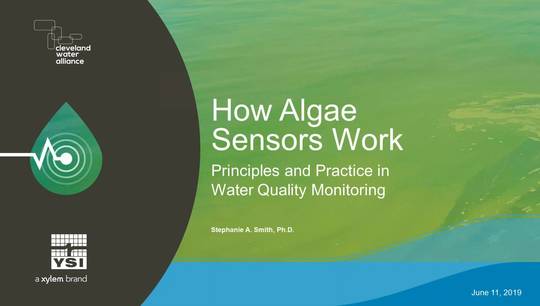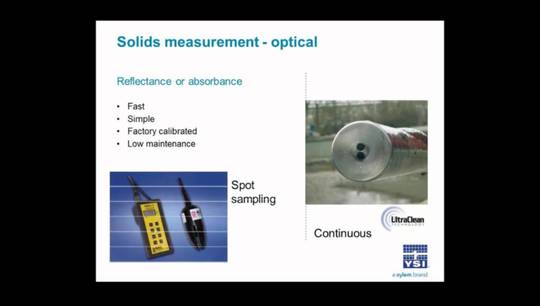Webinar | Get Your Lab Ready for HABs
Harmful Algal Blooms (HABs) are one of the greatest threats to water quality globally. Today’s reservoir managers and watershed managers are often equipped to identify blue-green algae by microscopy, test for cyanotoxins like microcystin and cylindrospermopsin, and monitor surface water quality using tools like water quality sondes.
But some analyses require the personnel and infrastructure found in environmental testing labs, which are increasingly called upon to provide testing support.
In this recording, we describe how to prepare your environmental testing laboratory for the three most relevant water quality analyses to understand the drivers and impacts of HABs.
- Total phosphorus by USEPA Method 365.1
- Total Kjeldahl Nitrogen (TKN) by USEPA Method 351.2
- Geosmin and MIB Determination, guided by USEPA Method 524.3 for volatile organics
These methods leverage Flow Injection Analysis (FIA), segmented flow analysis (SFA), and GC/MS facilitated by Purge & Trap concentration of samples. In each case, we talk about:
- The fundamental basis for each method,
- The importance of proper sample collection, preservation and transport, and
- QA/QC considerations when performing the method with environmental samples.

